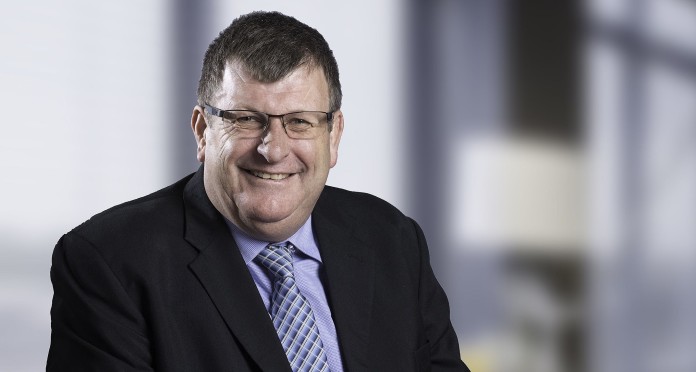
HARMONY Gold reinstated the dividend – the first in three years – after a 31% improvement in the rand gold price helped the company take a major slice out of net debt.
An interim dividend of 110 cents was declared on the back of a 336% increase in net profit to R5.8bn from R1.3bn for the six months ended December.
Net debt was reduced 58% to R580m taking the net debt to earnings before interest, tax, depreciation, and amortisation to a ratio of 0.1x.
The bottom line outcome was headline share earnings of 775 South African cents, 211% higher than the 249c/share reported for the 2019 interim period.
The numbers weren’t just driven by the market. Harmony produced a strong operating performance, partly owing to the addition of Mponeng and Mine Waste Solutions assets purchased from AngloGold Ashanti last year for $300m.
As previously announced in a production update, gold output was 8% higher year-on-year, coming in at 745,347 ounces which were produced at an all-in sustaining cost (AISC) of $1,370/oz, an increase over about 8% over the prior period.
Peter Steenkamp, CEO of Harmony Gold, declared the days of Harmony as a “marginal gold producer” were now behind it. He styled Harmony “… an emerging market mining specialist”, adding that it had been “transformed into a company capable of creating value throughout the cycle”.
Commenting in a media conference call today, Steenkamp said further acquisitions were not immediately on his radar. “We’ve got a lot of work on our hands,” he said in reference to the integration of Mponeng into Harmony.
Boipelo Lekubo, financial director for Harmony, said the dividend policy was 20% of free cash flow. It still fell to the board to approve the dividend but the policy was deemed by the executive to be “sustainable”, she said.
She added that Harmony ought to be net cash positive by the third quarter of its financial year (approximately three months to end March), although there had been a softening in the gold price.
PROJECTS
Steenkamp said the company had “some big decisions” to make regarding production replacement. Annual gold output of 446,000 oz was due to be shut down over the next four years as older assets were mined out, equal to about 28% of group production.
Harmony’s board will be asked to make an investment decision over Zaaiplaats, an extension of its Moab Khotsong mine in the North West province. Former owner, AngloGold Ashanti, estimated capital expenditure at R11.6bn when it had the project.
“We will submit it for consideration before the end of our financial year (end-June) which is about a month from now,” said Steenkamp. The extension to Moab has got a high grade of about 10 grams per ton which could see it viewed favourably.
Certain pillar mining could be undertaken at Mponeng, another AngloGold mine purchased by Harmony, whilst there were “above infrastructure gold” which wasn’t part of the reserve estimation that could be developed at the operation, said Steenkamp.
There’s also some 100,000 oz a year in gold tailings deposits that could be produced from existing operations, especially where capacity in the mills and plant is increased as surface or underground mining has ceased or is being reduced.
Whilst this production would be relatively small volume, it could be produced at a margin of as much as R500,000 per kilogram, said Steenkamp.










